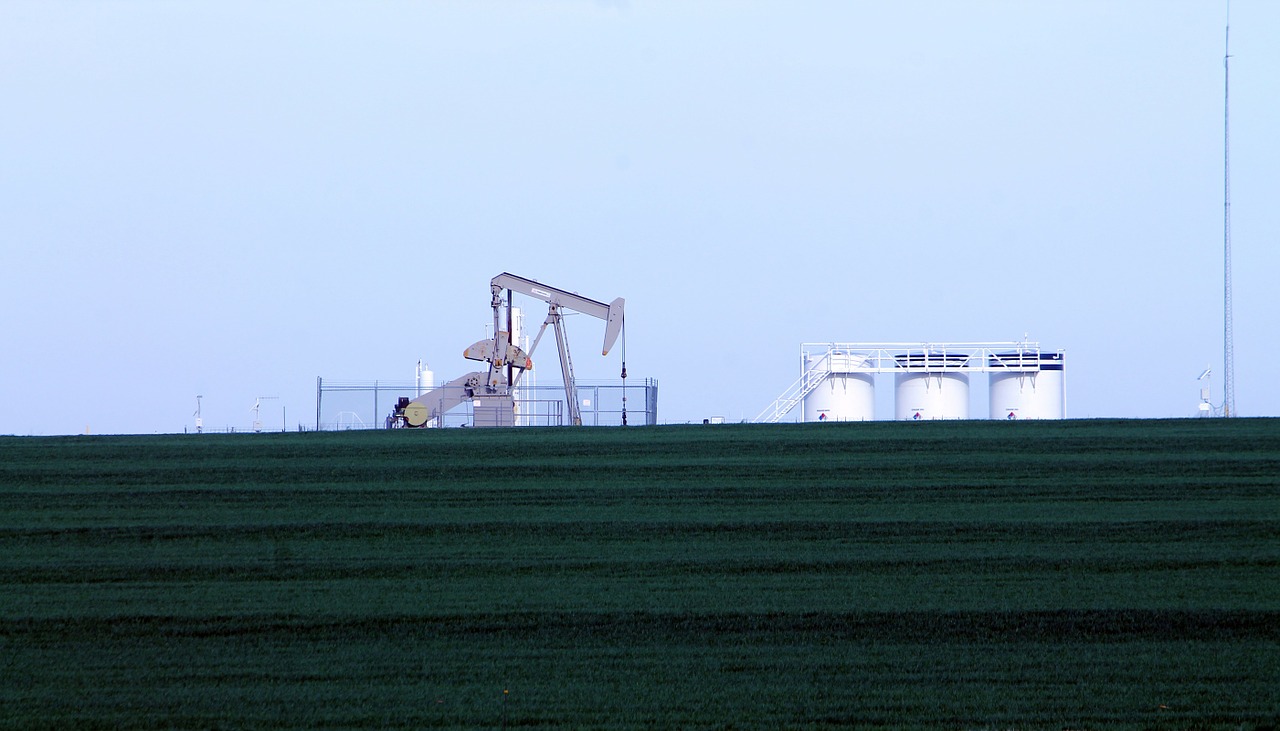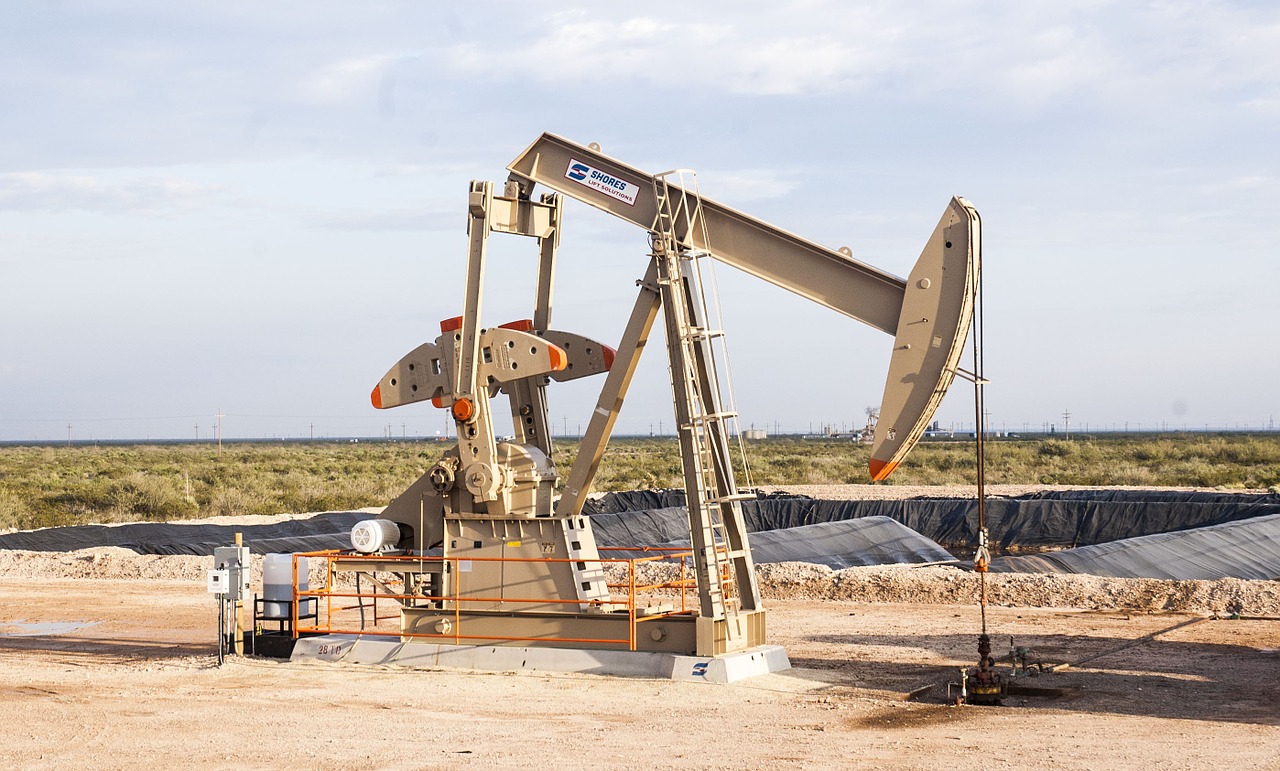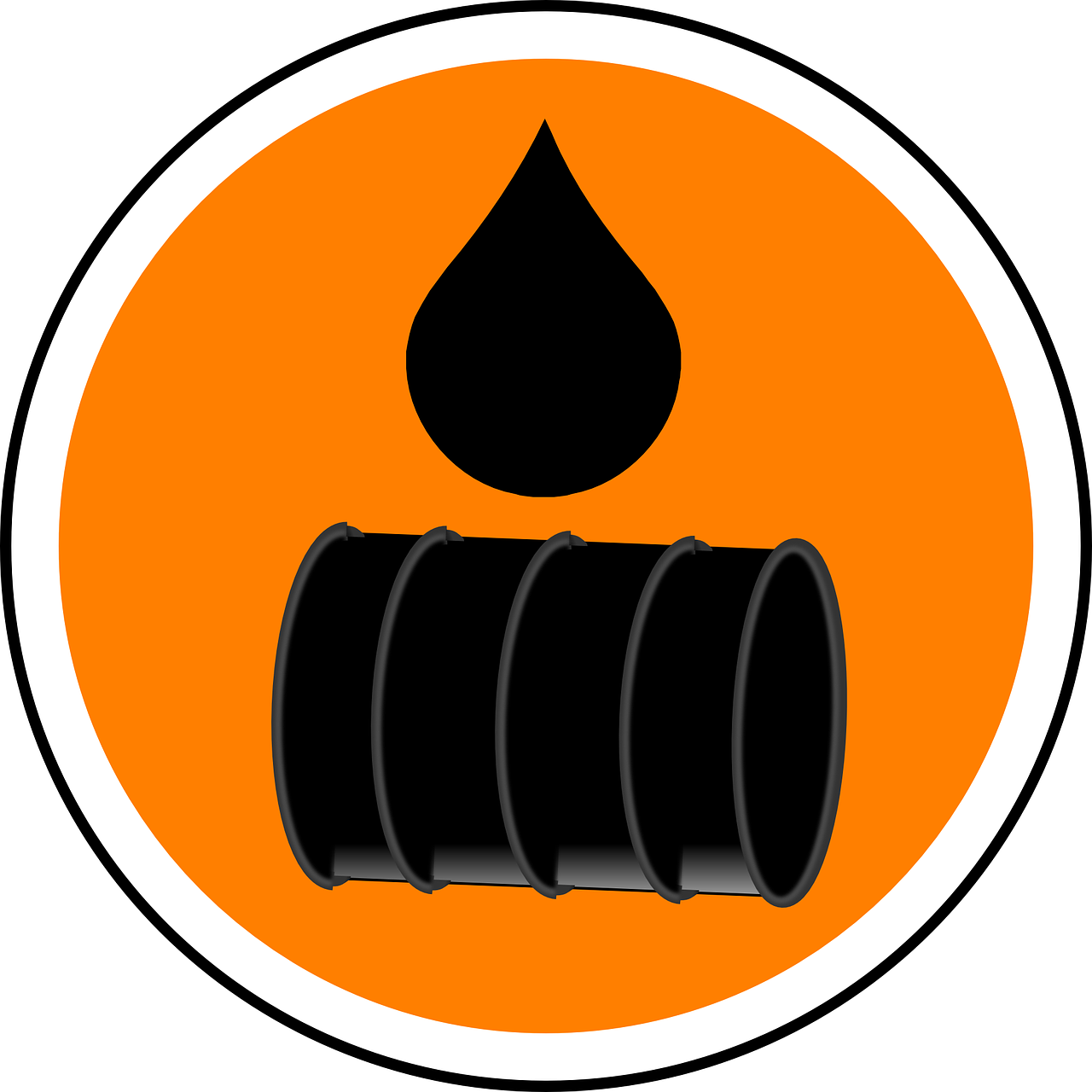The Four Categories of Petroleum Classification
By on Jan 22 2018

Petroleum is everywhere. Crude oil, in one form or another, powers our day-to-day lives. It's composed mostly of carbon, with crude oil containing about 84-87% carbon and 11-13% hydrogen, and small percentages of helium, nitrogen, oxygen, and sulfur.
But, when it comes down to it, some say that petroleum can be broken down into just four categories.
Classifying Petroleum
While region is one way to classify petroleum, the chemical makeup also separates one category from another. The chemical makeup, paired with the demand for that particular classification of oil, help to determine the price of the barrel ... along with the distance that oil has to travel to its final destination, of course.
For quite some time, the industry classified petroleum by the location from where it originated. But that proved not to be enough.

While petroleum has a lot of different characteristics that play to different descriptions, there are essentially four main categories. These are based on the non-hydrocarbon components of oils from different locations and this is the information is used to classify them into the following categories:
Paraffins (Alkane)
Paraffins are a waxy substance and can make up 15-60% of crude. These have with twice as much hydrogen as carbon and are used to make fuel and lubricants.
Napthenes
Derived from coal tar, napthenes can make up 30-60% of crude and are used in making plastics, dyes, resins, insecticides, and fuels. They are more viscous than paraffins and have twice as much hydrogen than carbon.
Aromatics
At room temperature, these are colorless, sweet-smelling liquids. They have a high octane number, so are used in most gasoline mixes, but are highly flammable. Aromatics are more viscous than paraffins and makeup anywhere from 3-30% of crude. They contain much less hydrogen compared to carbon than paraffin.
Asphaltics (bitumen)
Making up around 6% of crude, asphalts are very dense with a 1:1 carbon to hydrogen ratio. This is what was used in the University of Queensland's Pitch Drop Experiment, and from the La Brea Tar Pits, and is used in road construction.
Further classification
Sulfur levels within the petroleum help to classify them further into sour and sweet categories— sour containing higher amounts of sulfur. Sweeter petroleum is in higher demand, typically, because its emissions have less of an impact on the environment.
High-density petroleum is further categorized as —heavy " while lower-density is classified as —light. " This density is measured by looking at the length of the petroleum's hydrocarbons— the longer the chains, the denser the petroleum.
Less dense oil will float to the top of denser oil, so it's easily separated in that way. Also, if its measured density, based on the American Petroleum Institute (API) Gravity level, is less than 10 it will sink beneath water.
No matter which category you're looking to shop for, you can count on PSC to provide you with the highest quality products around.
Sources:
http://www.petroleum.co.uk/classification https://www.thebalance.com/the-basics-of-crude-oil-classification-1182570 http://www.petroleum.co.uk/alkane-chemistry http://npic.orst.edu/ingred/naphth.html http://www.petroleum.co.uk/aromatic-hydrocarbons https://en.wikipedia.org/wiki/Asphalt







